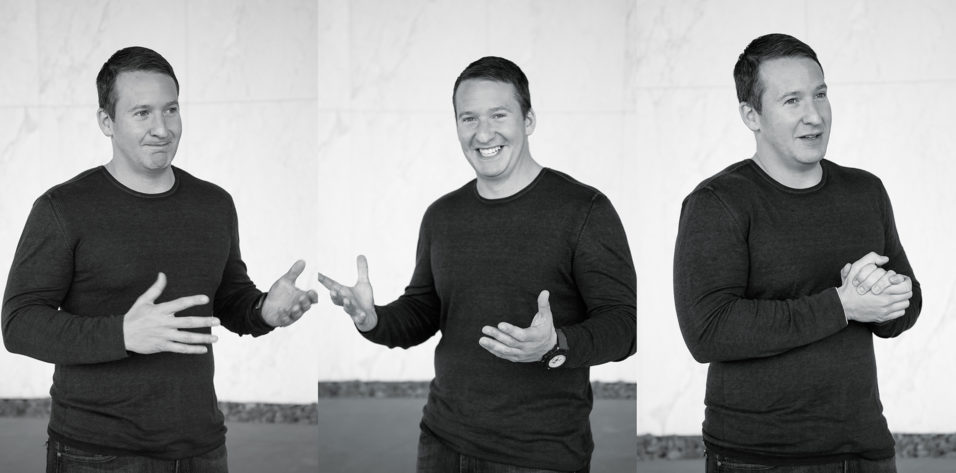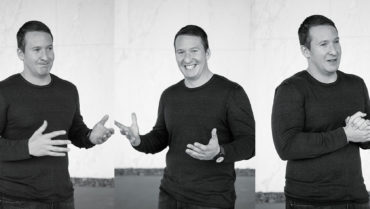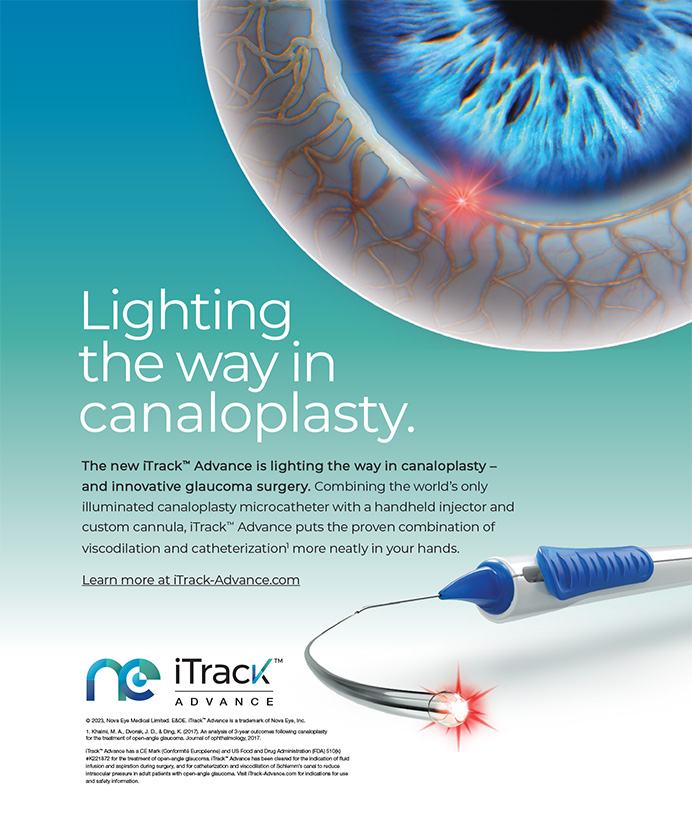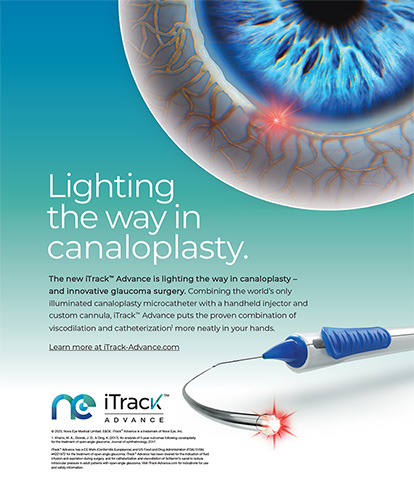After a 25-year hiatus, private equity companies returned to the eye care market, this time better equipped to manage the obstacles that might have been mismanaged in the past. One of the first recapitalizations of an ophthalmology practice occurred in May 2014, when Los Angeles-based Varsity Healthcare Partners, led by cofounder David Alpern, acquired Baltimore-based Katzen Eye Group to form EyeCare Services Partners Holding. In June 2017, the so-called second bite of the apple occurred when Harvest Partners, a New York-based private equity firm, acquired Varsity’s majority ownership in EyeCare Services Partners. The deal furthered the payoff for all parties and marked the first successful exit for a private equity firm in the industry. In this interview, Mr. Alpern talks about private equity’s renewed interest in eye care and takes us through the thought process in making the Katzen deal, which seemed uncommon at the time.
Interviewed by Stephen Daily, Executive Editor, News
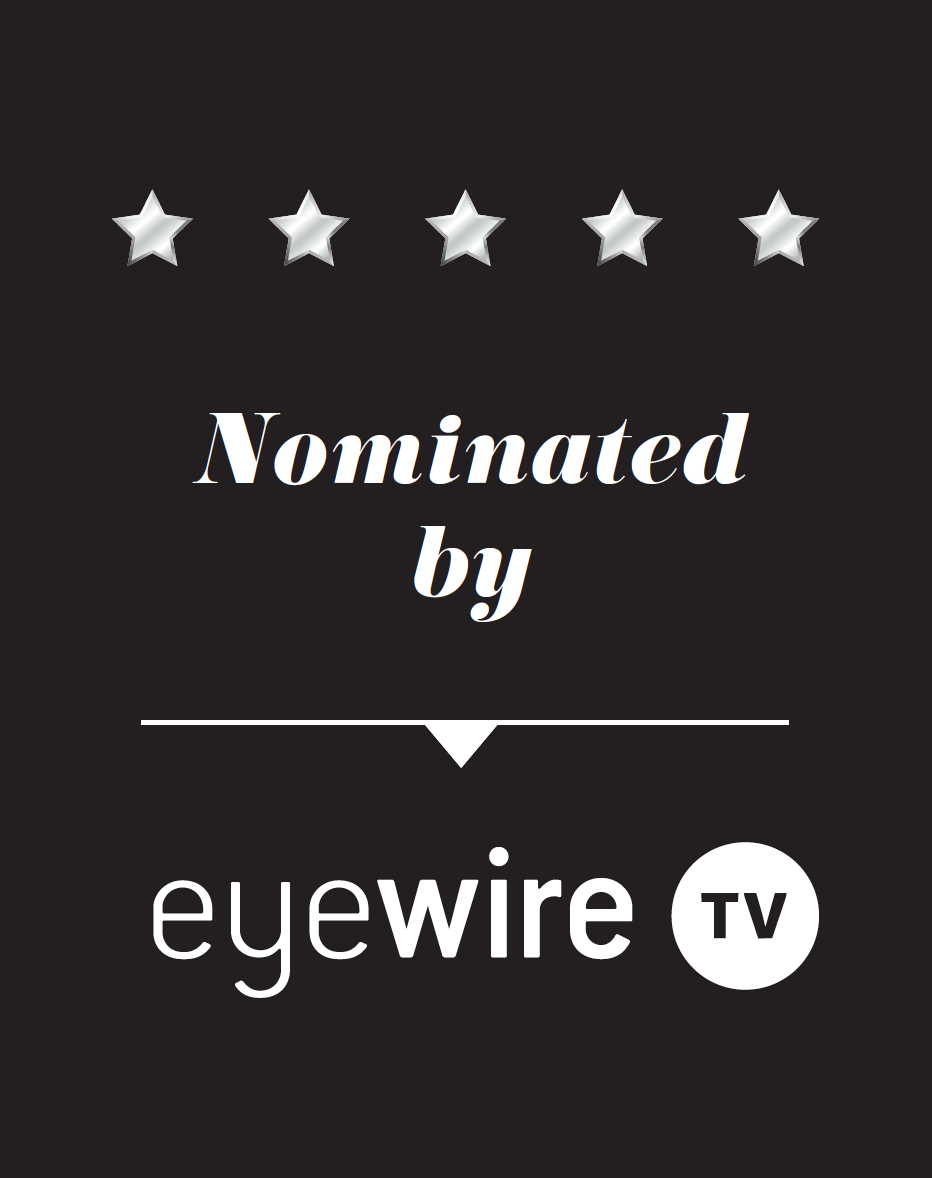
BMC: Who or what drew you to ophthalmology?
David Alpern: We saw an opportunity to build a market-leading, clinically differentiated platform in a $12 billion market where there was no player of any reasonable scale. Our math showed us that, in a category with 18,000 licensed ophthalmologists, the largest practice nationwide approximated $50 million of physician fee schedule revenue, with only roughly 20 independent practices with greater than $20 million physician fee schedule revenue.
Our research proved that the secular trends in the ophthalmic category are positive; chronic eye disease correlates with age. Moreover, in an environment where we have a relatively small group of specialists to treat that growing utilization demand (ie, growing incidence of chronic eye abnormalities), we felt that there’s an attractive business model for vertical integration, or, in other words, all the surgical subspecialty capabilities under one roof, combined with ambulatory surgery center capacity. We believed that this would benefit an independent provider who can’t otherwise participate in all those revenue streams and service the patient across all those dimensions, and provide convenience and cost effectiveness to the patient.
We looked around the market, we didn’t see anybody doing it, and we felt like there was enough interest to do it. Just like any other specialty, building and aggregating capacity has a lot of benefits for the provider. If we could select the best providers, and we felt like we had an open market to do it, there’s a real idea there. If we execute that idea, we could build a winning business. We started with five clinics, we ended with upwards of 50.
BMC: The first recapitalization in ophthalmology in approximately 25 years occurred in May 2014, when Varsity acquired Katzen Eye Group. What went into that decision, especially given the long period when venture capital hadn’t approached the eye care market?
Alpern: First, let me say that I’m going to answer this in reverse order. Before going into ophthalmology, we spent a lot of time studying what were primarily negative role models in vision practice management in the late 1990s, some of which were eye care specific. When you unpack those role models, what you find is that they were poorly executed and conceived—meaning in some ways the actual platform itself was never a platform. The practice was relatively unintegrated, so there were multiple accounting and practice management systems being supported.
Second, the central services of a practice were just not real, meaning the providers themselves got little value from the specific practice that was holding them in their seat, other than the value of their stock that they received to sell their practice. It did not enable the provider to be more productive, to see more patients, and to provide better care. If that value-add doesn’t exist, all that’s holding the doctor in his or her seat with that practice is the perceived economic deal, which promises future payoff through liquidation of stock. Once the stock took a hit—and why does it take a hit, because the practice itself is poorly integrated and eventually misfires on all the commitments the management team made to each of its constituents, including the shareholder—the doctors have nothing keeping them in place. They watch the stock fall through the floor, and so they leave.
Those were important learnings for us, and we studied those lessons of the past and sought to correct them. A lot of the attributes of the Katzen Eye Group were informed by the weaknesses we saw in the late ‘90s, in the consolidations that were done. The practice was integrated entirely on the next-gen platform, and services were centralized and sufficient that the practice’s 10-year turnover had been almost zero. The providers were productive, happy, and felt like they had the resources and systems to practice great care within the walls of the practice. We set up the right economic incentives for the doctors and made them shareholders. We also gave them a production-based compensation system that they endorsed. All those things again were informed by the past.
Then, just to complete this question, we spent a lot of time educating the market about the virtues of our model and why we could do better than the aforementioned role models. In fact, when we went around and started talking to potential acquisition targets, I think the first good 35 minutes of every conversation was why this wasn’t a repeat of what happened in the late ‘90s, and we had to preach a lot of the lessons of being one company, one integrated company, with a lot of value provided to the provider. We weren’t satisfied with just giving people stock in a noncompete—we were seeking to enable the providers to be more productive and practice great care.
BMC: Since that time, mainly during the past 3 years, there’s been a large increase in the amount of private equity investment in eye care. Can you expand on what factors specific to eye care make it such an attractive target for private equity investors right now?
Alpern: It’s important to remember that where there is a successful outcome and where investors have demonstrated success, capital will follow. So that plays out in a lot of subspecialties within health care services, given the virtues that consolidation can offer today’s independent physician—specifically, the health care services investment economy. What happened is when you have some success, people will pick up their pencil and write, “Why was Varsity interested? Why are other people interested in eye care?” And when you get underneath the cover, there’s some positive attributes for an investor. There’s a big market, a $12 to $13 billion plus market for ophthalmologic services. There’s a fragmented provider base. There’s 18,000 licensed ophthalmologists practicing, and nobody truly owns a significant share of that in terms of the competing practices and consolidators, even now, and that was even more so the case in 2014.
The secular trends are positive. Utilization growth, as I talked about, will be good and sustainable almost based entirely on the aging patient population. Moreover, the reimbursement environment for eye care should be strong. For one, this isn’t an enormous piece of any insurer’s reimbursement program. Moreover, it’s not really care that’s viewed as discretionary. If you have a chronic eye abnormality, it’s hard for you to be a productive member in the economy or your community. So this is a benefit that we expect the insurers to continue to support.
BMC: Do you believe that heavy private equity activity in ophthalmology and eye care will continue in the upcoming years, or will there be a cooling-off period?
Alpern: That’s a great question. For a cooling-off period, you’d have to argue for an event that would cool the investment community’s appetite, and I don’t see that event, other than what might be some poor execution of the recently developed ophthalmic consolidator platforms, which I have no reason to believe will happen. People will stub their toe. You make 25 bets, it’s hard to believe that all 25 will go well in a given industry. What people will come to realize is operating within eye care isn’t risk-free. Ophthalmologists, in my own personal view, are in some ways fiercely independent providers. You have to take a delicate hand to engage and incentivize that audience and be a good listener so as to identify the true business processes that challenge and enable clinical excellence at a local level.
Further, as in all health care services consolidations, there are the tactical challenges of acquiring and integrating any practice across any subspecialty. So if there’s any cooling off, it’ll be that degree of difficulty and execution. I think we will see some of that in the next 5 years. Absent that, I think appetite will remain high for all the reasons I laid out in your prior question.
BMC: The term private equity often comes with a negative connotation. Some people believe that privately owned businesses are selling out when making a deal with a private equity firm. As someone who is influential in this space, how do you deal with this type of thinking?
Alpern: The way to deal with it is to first acknowledge that there are behaviors that have created those fears and concerns. I don’t want to suggest that private equity is in any way malicious. I just think the provider audience is a different labor force than what some private equity firms may be accustomed to. So the way that you engage that workforce is to partner with it and incentivize it, and you have to be extremely thoughtful in each of those exercises. You cannot use a cookie-cutter approach. You have to be mindful of the psychology of that provider and the dynamics within that provider’s partnership and approach each situation thoughtfully.
The other thing that helps is to be transparent about what you need to do with the business in order to make value creation happen. Be sober with your partners about the amount of management infrastructure you’re going to need to build, the velocity at which you’re prepared to move, and the amount of risk that you’re prepared to take operationally or financially in the investor.
I think where these concerns come from are entirely valid. It’s coming from people who may not have a lot of experience with this specific workforce. What helps us is to point to and provide references to doctors who we’ve transacted with and have been successful with.
BMC: I read that you began your career as an investment banking analyst. Can you talk about your experience of being an analyst and how you transitioned into private equity?
Alpern: I started my career in the late ‘90s on Wall Street, working for Credit Suisse First Boston as it was known at that time. That was a really exciting time in the capital markets. The economy was on fire, fueled by the growth of technology. That just meant that I got to see lots of different types of businesses rise quickly, and in some cases, succeed and in others fail. That’s a good education for someone who is intellectually curious about businesses.
I worked in investment banking until 2001, and at that time it became difficult in the capital markets. Specifically, my old employer, which I loved working for, engaged in a significant merger with an investment banking firm. They were two totally different cultures. Given how turbulent it can be to put together two investment banking houses with two totally different cultures, I began thinking about where my skills—financial analytical skills, and some reasonable capital markets expertise—would become most relevant. I leaned toward private equity.
I went to work for GTCR, which is now a large private equity fund. GTCR was run by Bruce Rauner, the current governor of Illinois, and that’s where I was first exposed to a meaningful amount of health care investing. Early in my career, I did a lot of provider-centric or exclusively provider consolidations. GTCR was adventurous and had been successful in health care services. In many ways, a lot of what I’ve tried to make part of my playbook was learned at that firm. Seeing 20 to 30 specific types of practices is the best discovery process for an investor. We employed that methodology at GTCR, and we continue to employ it today at Varsity.
So as an example, before we invested in the Katzen Eye Group, we had called on probably north of 80 practices and had been kicked the tires on 30—signed a nondisclosure agreement and met with the partners. That just exposes you to different reimbursement models, procedure mixes, and staffing models. It made me a lot more conversant and hopefully a lot more thoughtful when I met Brett Katzen and realized we had a shared mission and values.
BMC: Who would you say are your biggest influences, both professionally and personally?
Alpern: Professionally I can’t point to any one person, to be honest. In my early years of private equity, I worked for some talented people. At a time in the business when there wasn’t as much capital floating around, deals were not as intermediated. I got to see folks at GTCR who were good at developing a thesis on a specific place within health care and actually walking the halls at trade shows, meeting with the associations, getting in front of lots of different practices or groups, and developing domain expertise in a space where there was no research report.
Personally, my father was a positive role model. He was a single parent, sole practitioner of a law firm, so in some ways he was an entrepreneur. Also, he was very honest, very diligent, had a strong work ethic, and high integrity.
BMC: Looking ahead, what is next for Varsity Health Partners?
Alpern: Not dissimilar from our mission in ophthalmology, which was the early innings of consolidation in that category, we just made an investment in the orthopedic medicine space. We bought one of the largest practices in Florida, The Orthopedic Institute. This is in a space where there has been little private equity presence where, not dissimilar from eye care, we see really good secular trends.
BMC: If you had to nominate one creative mind in ophthalmology, whom would it be and why?
Alpern: Ahmed Abdelsalam, MD, FACS, who was the owner of Chicagoland Retina Consultants, which today is part of EyeCare Services Partners. Ahmed, who serves as the chief medical officer, is as innovative as anybody I know and constantly reeducating himself about innovation in patient care. He has a pronounced entrepreneurial energy. He relocated from Egypt and built his life here in the United States from the ground up. Now, he’s a meaningful shareholder and an important leader for EyeCare Services Partners.
I think the world of Ahmed, and to me he’s a great example of somebody who’s just as innovative clinically as he is entrepreneurially.





